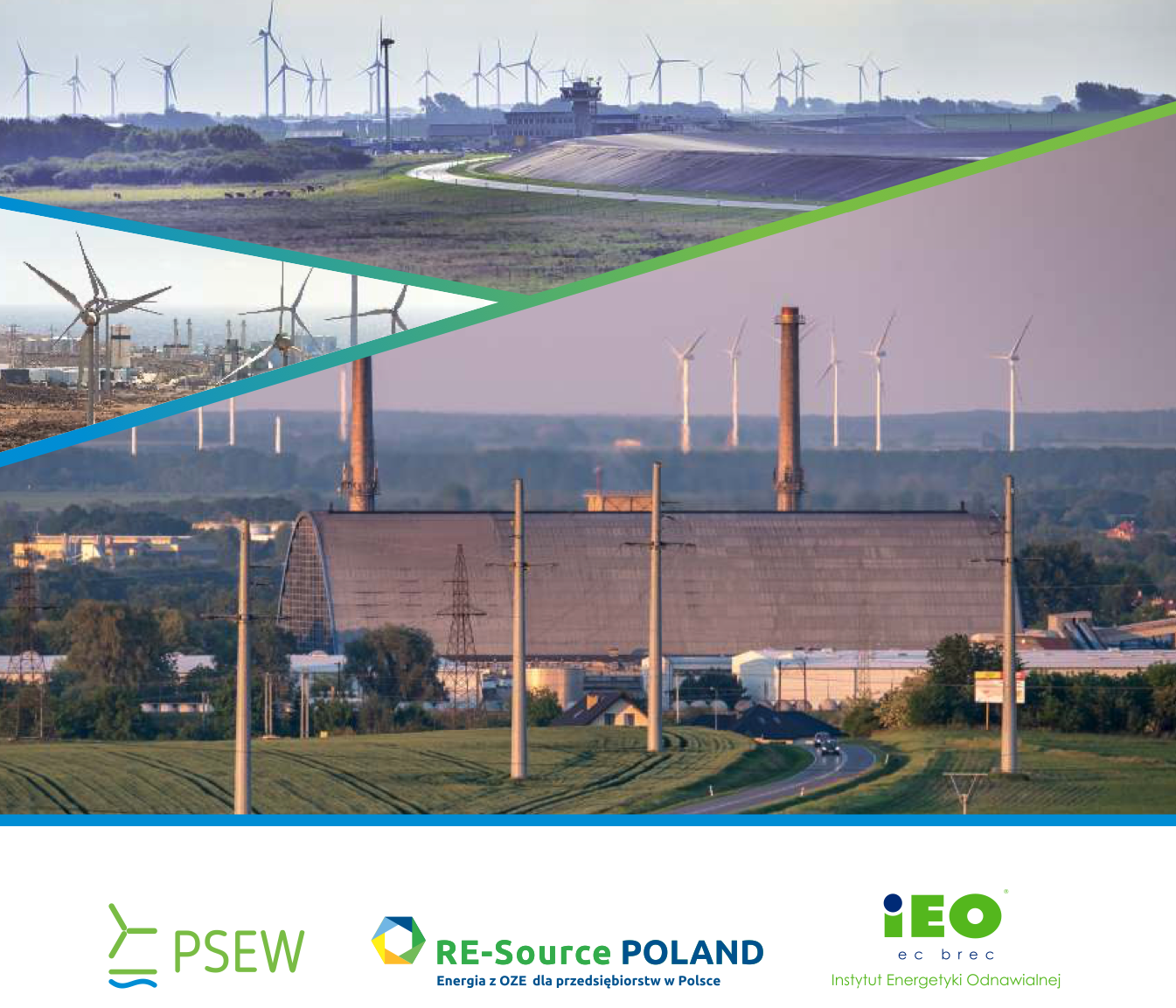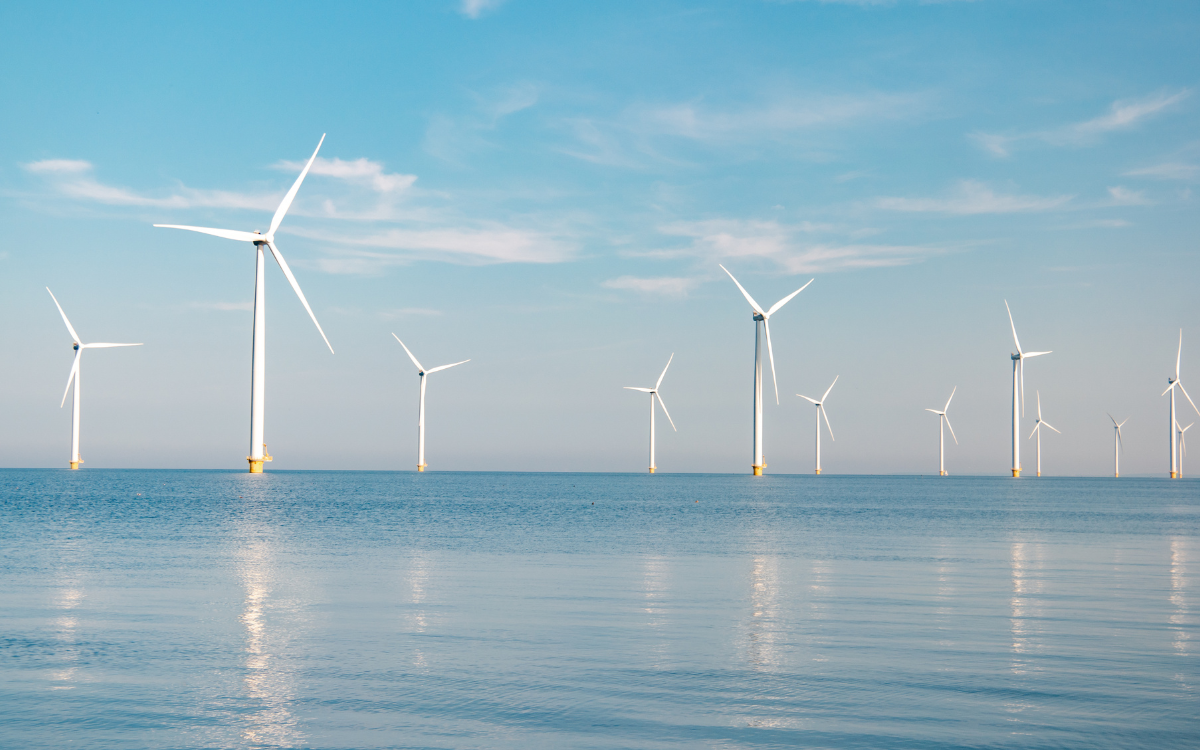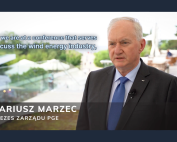The potential of wind energy on industrial sites reaches 20 GW, according to a report that the Institute for Renewable Energy prepared for the Re-Source Poland HUB. The technical potential of wind power that would be feasible on industrial sites (in the absence of regulatory restrictions and additional system costs) amounts to almost 17 GW.
“According to the report, the potential of this type of energy reaches as much as 20 GW, which is a significant part of the global resource and almost double the current installed capacity of onshore wind energy. Moreover, of this impressive figure, as much as 88%, or 16.9 GW, is technical potential that could essentially be realised without having to contend with regulatory constraints or additional system costs. Within this potential, it is particularly noteworthy that 1.6 GW is a potential that takes into account area exclusions due to current spatial environmental conditions and possible conflicts and is feasible for rapid implementation by 2030 – a real benefit for the economy, the entire energy industry and the environment in a period of expected investment gap in the energy sector” – reads the release on the report entitled. “The potential of industrial sites for onshore wind energy development” (“Potencjał terenów przemysłowych dla rozwoju lądowej energetyki wiatrowej”).
Currently, almost 6,600 industrial, water, sewage and district heating companies have access to land covering 190,000 hectares where wind power plants could be considered. According to preliminary calculations, the considered reduction of the required distance to 500 metres could significantly increase the current market potential for wind capacity by up to 50% of new capacity – up to 3.6 GW. However, the work did not take into account the scenario related to the introduction of additional facilitations in launching investment potential in industrial (post-industrial) areas, where there are energy-intensive enterprises with the highest potential for the implementation of RES-based energy sources due to their access to the power grid (they usually play the role of DSOs) and high industrial energy supply prices, as it was also stated.
As experts point out, the enacted amendments to the act on planning and spatial development give the possibility to implement a wind investment (as the “main one”) together with an accompanying investment (usually infrastructure) within the framework of the so-called Integrated Investment Plan, adopted by a municipal resolution. However, such a procedure has not yet been popularised in practice. Nevertheless, this paper assumes that, by default, spatial planning factors (MSP resolutions) do not limit the potential for the location of wind power plants on industrial sites.
“It is also a recommended and fully justifiable pathway for industrial investment, which enables a significant shortening of the investment cycle and maximisation of the real market potential. In this sense, the market potential of wind power estimated in this study can be considered fully realisable by 2030” – said Re-Source Poland HUB Foundation Vice-President Szymon Kowalski.
It was also emphasised that RES investments on industrial sites, which are being considered more and more frequently with a view to supplying industrial consumers with energy, naturally favour wind energy over alternative investments in photovoltaics due to their energy consumption profile. The preferred solution for industry would be to build wind-solar hybrids in a cable pooling model or, on the premises of larger industrial companies, on-site with possible direct line support.
“Of course, we recognise that the development of wind power on industrial sites and for industrial use brings with it a number of challenges in terms of the need to adapt the technology. But at the other end, we have new prospects for the sustainable and very economically efficient use of available resources. We believe that our report – by providing a comprehensive perspective and concrete analyses – will inspire informed investment decisions in wind energy on industrial sites and unlock their potential, serving not only industrial energy consumers” – adds Grzegorz Wiśniewski, President of the Renewable Energy Institute.
Download the entire report here.
Source: PWEA















